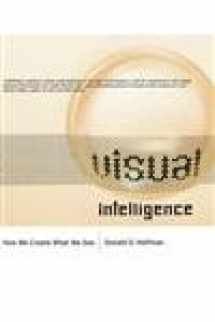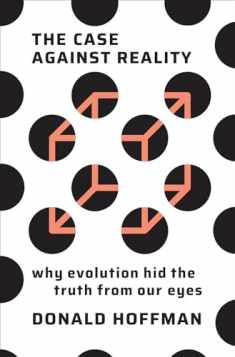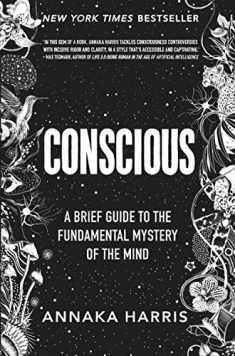
Visual Intelligence: How We Create What We See
ISBN-13:
9780393319675
ISBN-10:
0393319679
Edition:
Fifth Impression
Author:
Donald D. Hoffman
Publication date:
2000
Publisher:
W. W. Norton & Company
Format:
Paperback
320 pages
Category:
Neuropsychology
,
Psychology & Counseling
,
Cognitive Psychology
,
Behavioral Sciences
,
Cognitive
,
Psychology
,
Neuropsychology
FREE US shipping
Book details
ISBN-13:
9780393319675
ISBN-10:
0393319679
Edition:
Fifth Impression
Author:
Donald D. Hoffman
Publication date:
2000
Publisher:
W. W. Norton & Company
Format:
Paperback
320 pages
Category:
Neuropsychology
,
Psychology & Counseling
,
Cognitive Psychology
,
Behavioral Sciences
,
Cognitive
,
Psychology
,
Neuropsychology
Summary
Visual Intelligence: How We Create What We See (ISBN-13: 9780393319675 and ISBN-10: 0393319679), written by authors
Donald D. Hoffman, was published by W. W. Norton & Company in 2000.
With an overall rating of 4.3 stars, it's a notable title among other
Neuropsychology
(Psychology & Counseling, Cognitive Psychology, Behavioral Sciences, Cognitive, Psychology, Neuropsychology) books. You can easily purchase or rent Visual Intelligence: How We Create What We See (Paperback) from BooksRun,
along with many other new and used
Neuropsychology
books
and textbooks.
And, if you're looking to sell your copy, our current buyback offer is $0.44.
Description
"Don Hoffman . . . combines a deep understanding of the logic of perception, a gift for explaining it with simple displays that anyone can-quite literally-see, and a refreshing sense of wonder at the miracle of it all."--Steven Pinker, author of How the Mind Works
Cognitive scientist Donald Hoffman's exploration of the extraordinary creative genius of the mind's eye "has many virtues, of which sheer intellectual excitement is the foremost" (Nature). Hoffman explains that far from being a passive recorder of a preexisting world, the eye actively constructs every aspect of our visual experience. In an informal style replete with illustrations, Hoffman presents the compelling scientific evidence for vision's constructive powers, unveiling a grammar of vision - a set of rules that govern our perception of line, color, form, depth, and motion. Hoffman also describes the loss of these constructive powers in patients such as an artist who can no longer see or dream in color and a man who sees his father as an impostor. Finally, Hoffman explores the spinoffs of visual intelligence in the arts and technology, from film special effects to virtual reality. This is, in sum, "an outstanding example of creative popular science" (Publishers Weekly). 20 full-color and 130 black-and-white illustrations

We would LOVE it if you could help us and other readers by reviewing the book
Book review

Congratulations! We have received your book review.
{user}
{createdAt}
by {truncated_author}




